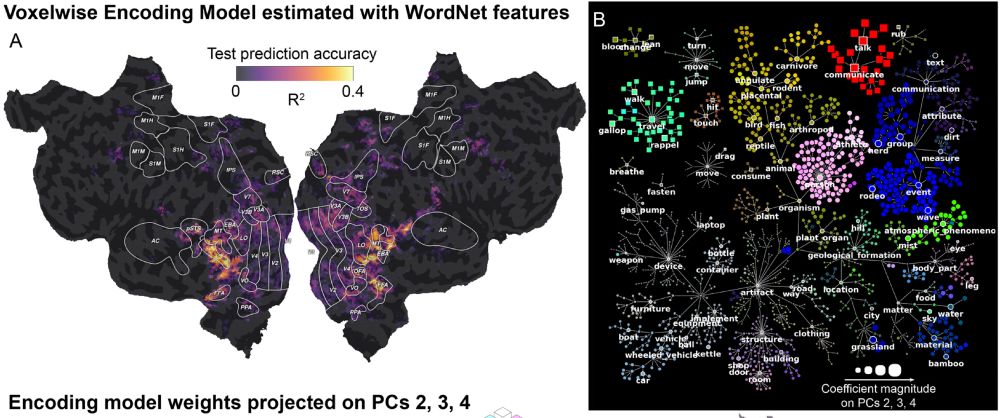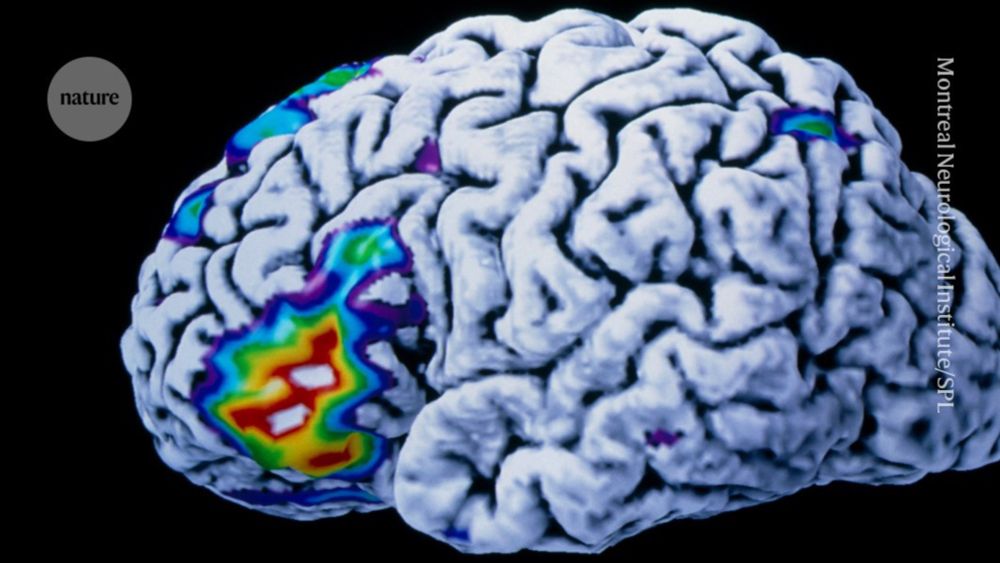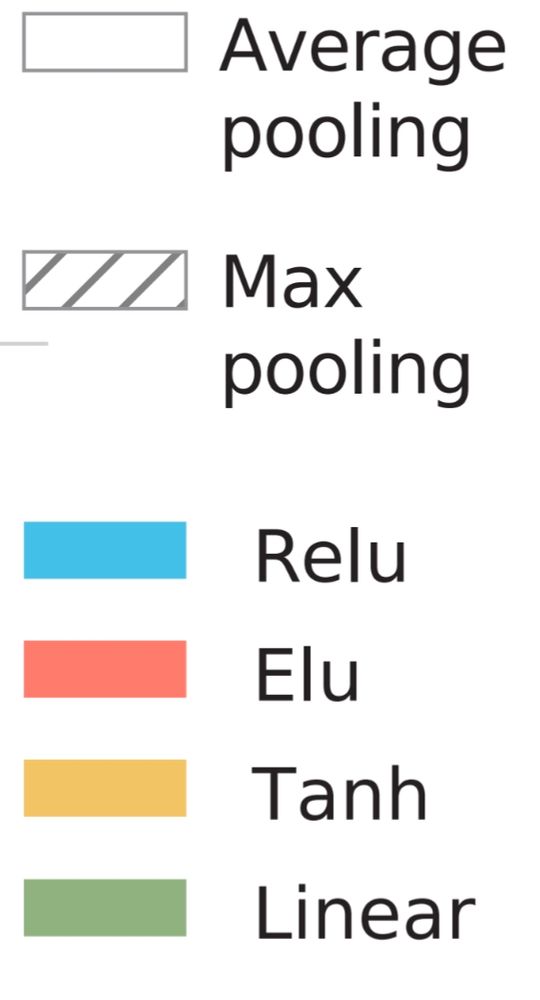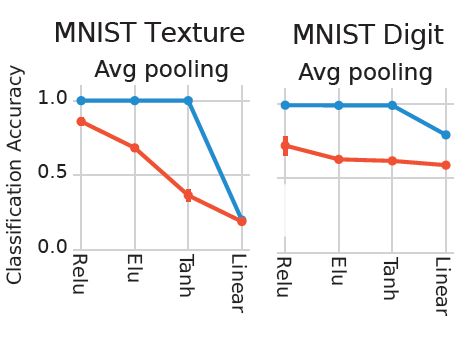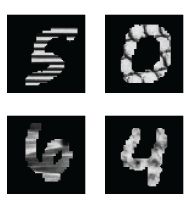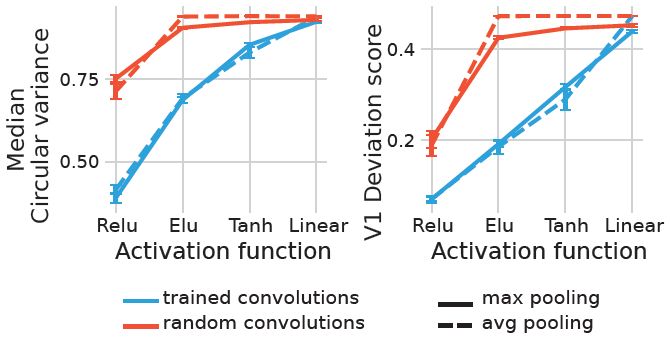Amr Farahat
@amr-farahat.bsky.social
150 followers
390 following
27 posts
MD/M.Sc/PhD candidate @ESI_Frankfurt and IMPRS for neural circuits @MpiBrain. Medicine, Neuroscience & AI
https://amr-farahat.github.io/
Posts
Media
Videos
Starter Packs
Pinned
Reposted by Amr Farahat
Reposted by Amr Farahat
Reposted by Amr Farahat
Reposted by Amr Farahat
Nature Neuroscience
@natneuro.nature.com
· Apr 11
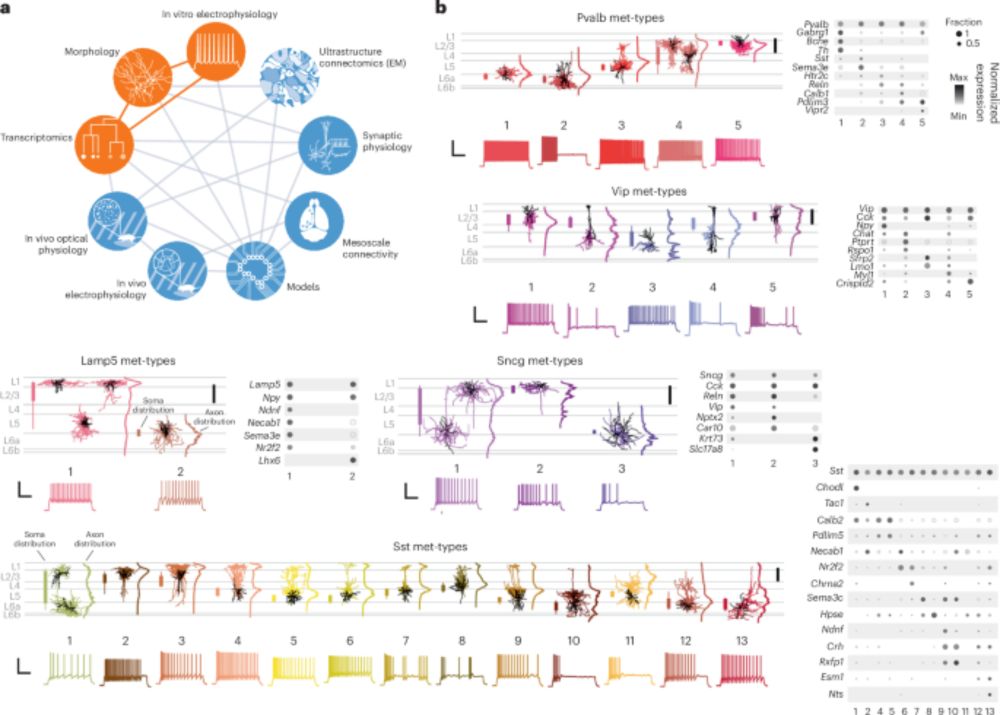
Integrating multimodal data to understand cortical circuit architecture and function - Nature Neuroscience
This paper discusses how experimental and computational studies integrating multimodal data, such as RNA expression, connectivity and neural activity, are advancing our understanding of the architectu...
www.nature.com
Amr Farahat
@amr-farahat.bsky.social
· Mar 15
Amr Farahat
@amr-farahat.bsky.social
· Mar 15
Amr Farahat
@amr-farahat.bsky.social
· Mar 15
Amr Farahat
@amr-farahat.bsky.social
· Mar 15
Amr Farahat
@amr-farahat.bsky.social
· Mar 15
Amr Farahat
@amr-farahat.bsky.social
· Mar 15
Amr Farahat
@amr-farahat.bsky.social
· Mar 15
Amr Farahat
@amr-farahat.bsky.social
· Mar 13

Neural responses in early, but not late, visual cortex are well predicted by random-weight CNNs with sufficient model complexity
Convolutional neural networks (CNNs) were inspired by the organization of the primate visual system, and in turn have become effective models of the visual cortex, allowing for accurate predictions of...
www.biorxiv.org
Amr Farahat
@amr-farahat.bsky.social
· Mar 13
Amr Farahat
@amr-farahat.bsky.social
· Mar 13
Amr Farahat
@amr-farahat.bsky.social
· Mar 13
Amr Farahat
@amr-farahat.bsky.social
· Mar 13
Amr Farahat
@amr-farahat.bsky.social
· Mar 13




